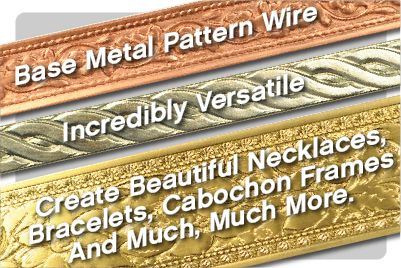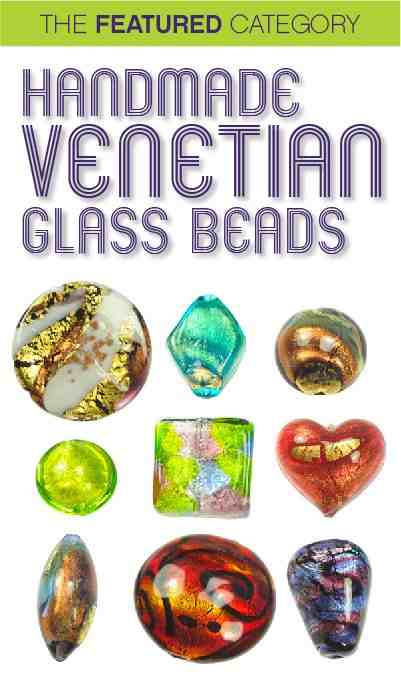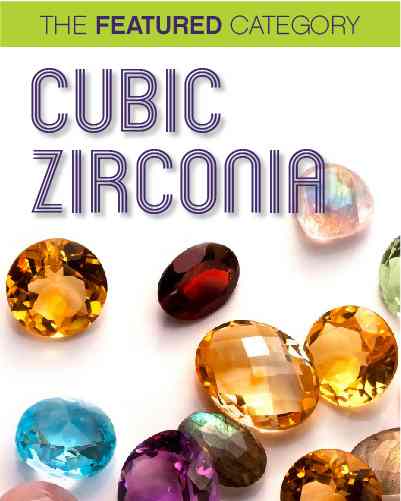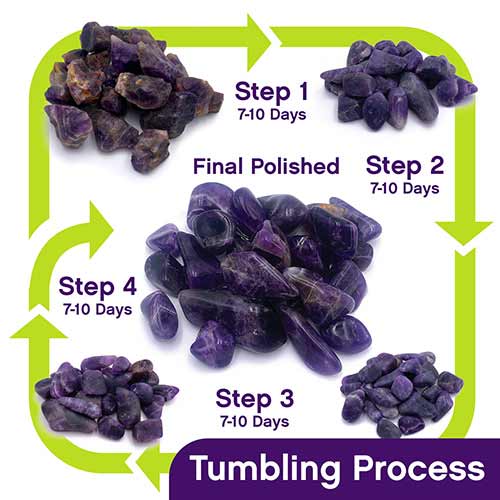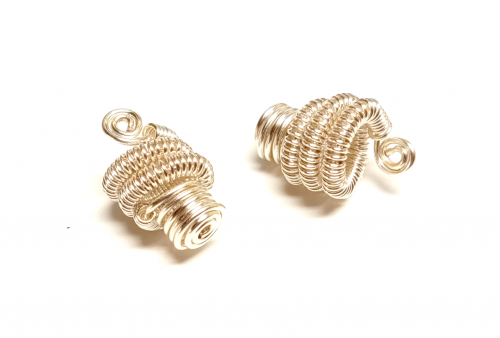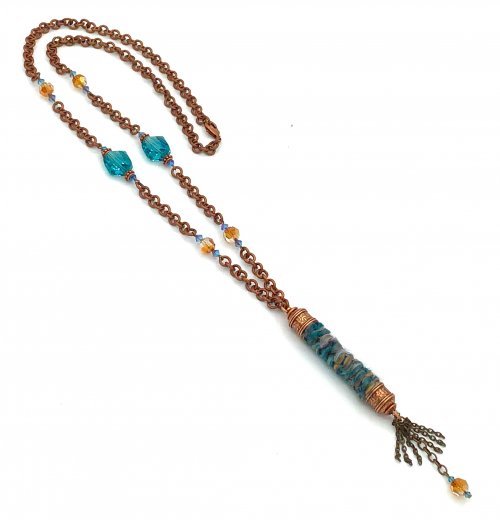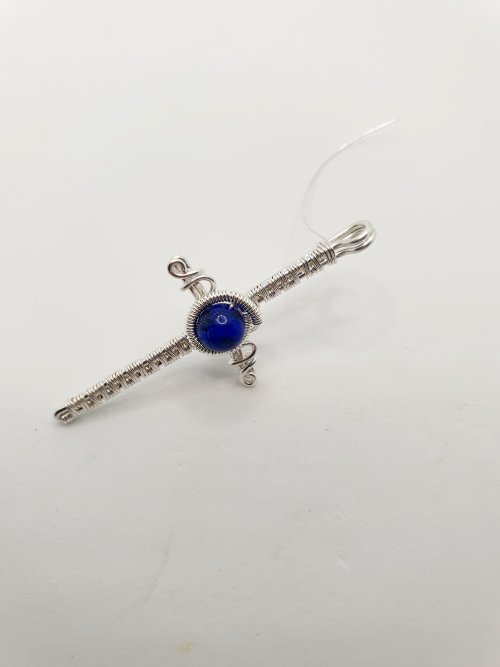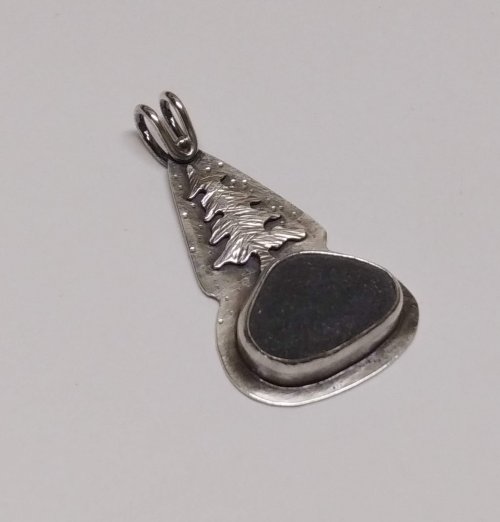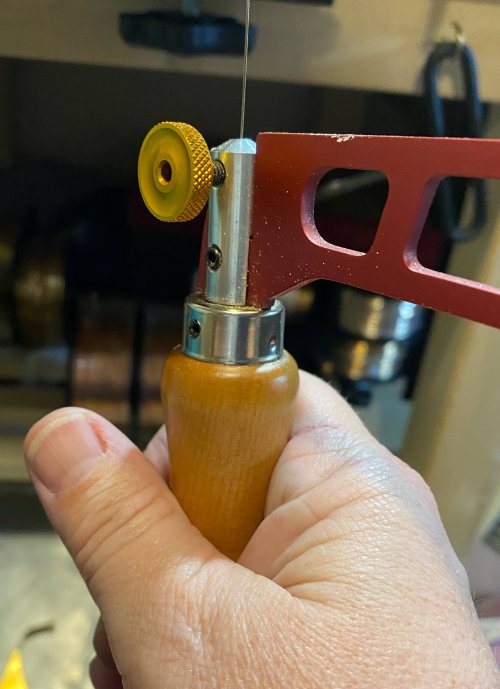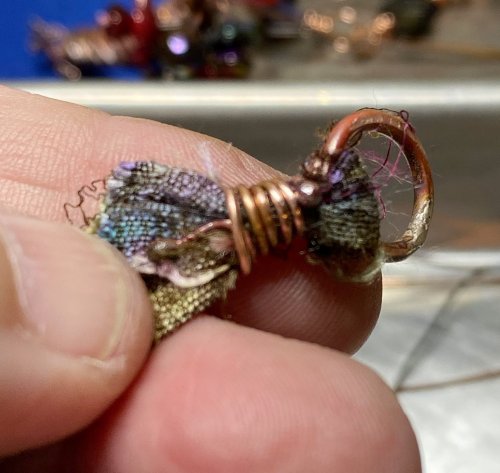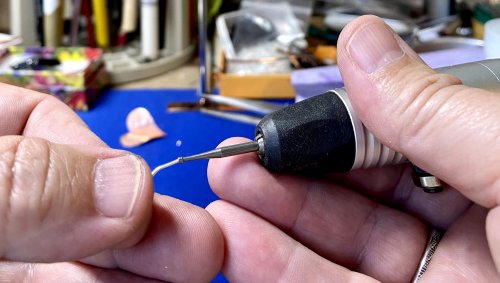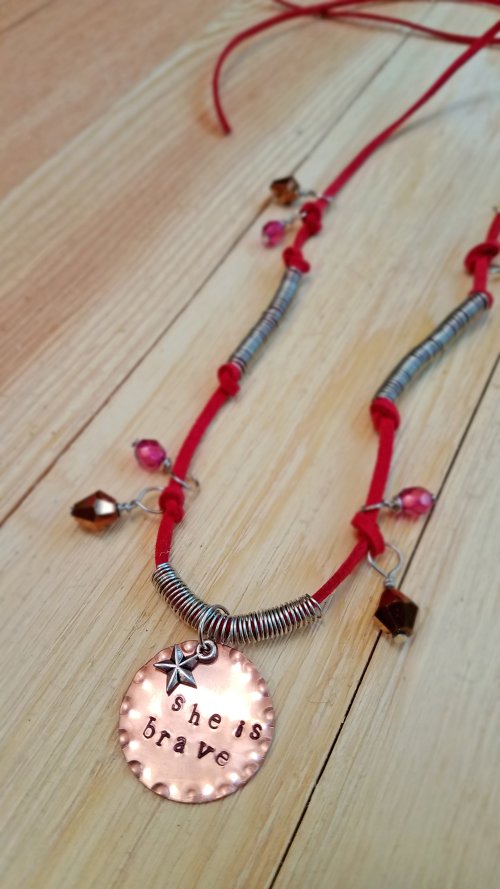More about Pyrite
Pyrite is called "fool’s gold" because its metallic luster and pale brass-yellow color may deceive the novice into thinking he has discovered a gold nugget. We choose pyrite, not because of this misconception, but because its inherent golden radiance adds glamor and elegance to any piece of jewelry.
Pyrite is a much-prized gem in its own right. The name pyrite comes from the Greek “pyr,” meaning “fire”. Pyrite earned this title because it can be used to create sparks to start a fire if it is struck against metal. Jewelry has been made from this gleaming gem since the time of ancient Greece. Pyrite was especially prized for jewelry during the Victorian era, and later became popular in metallic-tinted Art Nouveau designs.
Because Pyrite casts such a large shadow, acclaimed jewelry designer Dale Armstrong delved into its history in a post on our Wire-Sculpture jewelry making blog. Click here to go to "Gem Profile: Pyrite."
Pyrite beads will add radiance to your bead collection. Pair your Pyrite beads with gold or silver wire to begin, then add a colorful gem or bead for a pleasing contrast. Or, pair these beads with a Pyrite cabochon. Wire-Sculpture carries a wide selection of sizes and shapes of Pyrite beads to accentuate your jewelry making. Particularly charming is the 12mm coin bead, which will remind you of a historic coin. Opportunities abound when you choose Wire-Sculpture for your bead source.
Wire-Sculpture's new line of beads reflects the highest quality available on the web. Every stone is useable, so there's less waste; plus, you'll immediately notice the unusual excellence in cutting, drilling and polish. We're here to help you with any questions about jewelry supplies or tools; just give us a call at 1-877-636-0608 (toll-free).
The premier place for all your jewelry making needs. The best in wire, tools, cabochons, gemstone beads and more. As well as a superior resource for educational support to help build your jewelry making skills and techniques.

